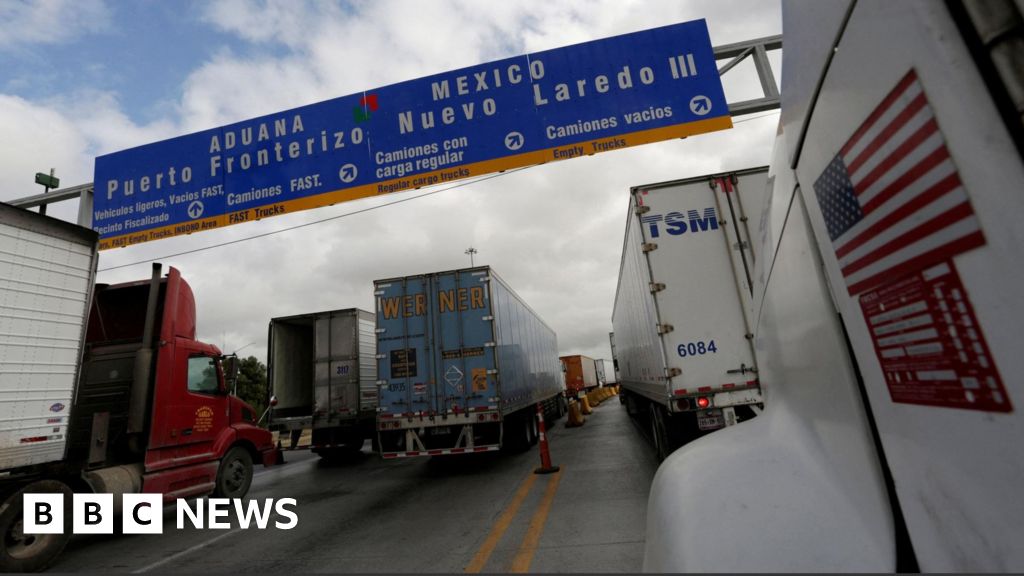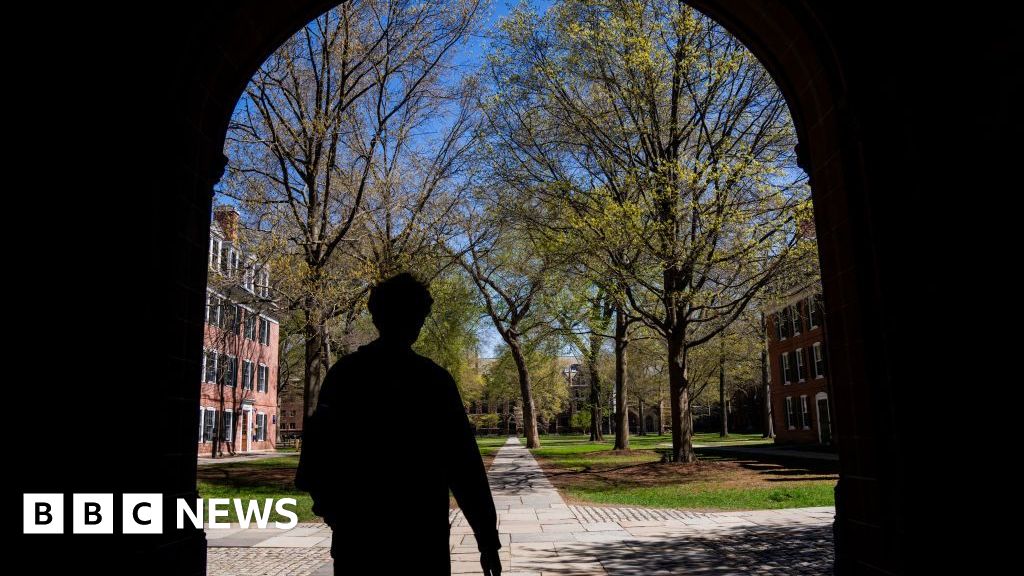World
Donald Trump threatens 25% tariff on products from Canada, Mexico | CBC News

Donald Trump has levelled his most severe threat against Canada in years, warning that on his first day in office he might impose punishing economic sanctions across North America.
The U.S. president-elect threatened Monday evening to slap a 25 per cent tariff on all products entering the country from Canada and Mexico on Jan. 20, 2025, his inauguration day, unless those countries curb the flow of drugs and migrants over their borders.
The tariff “will remain in effect until such time as Drugs, in particular Fentanyl, and all Illegal Aliens stop this Invasion of our Country!” Trump wrote on his social media platform Truth Social.
“Both Mexico and Canada have the absolute right and power to easily solve this long simmering problem. We hereby demand that they use this power, and until such time that they do, it is time for them to pay a very big price!”
The damaging import fee would drive up costs for Canadian and Mexican exporters, making their products less attractive while also potentially raising costs for American consumers.
The warning sent the Canadian dollar diving nearly a cent at one point, before recovering somewhat.
Former president and CEO of the Canadian Chamber of Commerce Perrin Beatty says Canada needs to address underlying concerns of the incoming Trump administration, such as security at the border, as the ‘charm offensive’ will not be effective.
This all unfolded, coincidentally, as Canadian cabinet ministers were meeting to discuss U.S. relations, said a federal source.
The news also prompted a flurry of late-evening phone calls: between Prime Minister Justin Trudeau and Trump, and between Trudeau and several provincial premiers, in an effort to defuse the danger to Canada’s economy.
“It was a good discussion and they will stay in touch,” a Canadian official said of the Trudeau-Trump call. The prime minister also spoke with the premiers of Ontario and Quebec.
Irregular migration through Canada into the U.S. has grown in recent years, while remaining comparably minuscule in relation to migration through the U.S.’s southern border.
But Canada had taken steps in recent months to address U.S. concerns. It re-imposed visa restrictions on travellers from Mexico, then announced different cutbacks in immigration. Trudeau has also re-established a cabinet committee on Canada-U.S. relations, in anticipation of cross-border uncertainties like those of the first Trump presidency.
Negotiation ploy or actual plan?
It’s unclear whether Trump actually intends to proceed with the idea as described. One feature of his first term was occasionally issuing tariff threats as part of a negotiation.
Early in his presidency, Trump was on the verge of declaring his intention to cancel the North American Free Trade Agreement, just before negotiations began on the updated deal.

As those talks hit snags the following year, in 2018, he threatened to impose punishing tariffs on Canadian automobile exports, then lifted that threat a few days later, when Canada and the U.S. agreed to an updated trade pact.
But Trump sometimes follows through on his threats. He did imposed tariffs on Canada in his first term, on steel and aluminum, before the countries could negotiate an exemption.
What’s unclear is how this tariff threat squares with one of Trump’s major campaign promises: to lower the cost of living in general for Americans, and the cost of gas in particular.
Oil is Canada’s No. 1 export to the United States. A 25 per cent levy on oil would present a challenge to that seminal election promise.
Ian Lee, associate professor at the Sprott School of Business at Carleton University, says Donald Trump’s proposed U.S. tariffs on Canadian products would be ‘catastrophic’ for the country’s economy and currency, causing ‘incalculable’ damage.
One former Canadian cabinet minister reacted to the news by recalling what it was like dealing with Trump in his first term.
“And so it starts,” Catherine McKenna, the former environment minister, posted on the BlueSky social media site. “The amount of time and energy our government had to spent on Trump last time was bonkers.”
The social-media post unnerved Canada’s premiers. Ontario Premier Doug Ford said on X that a 25 per cent tariff would be “devastating to workers and jobs” in both Canada and the U.S.
A 25 per cent tariff would be devastating to workers and jobs in both Canada and the U.S.
The federal government needs to take the situation at our border seriously. We need a Team Canada approach and response—and we need it now. Prime Minister Trudeau must call an urgent…
Ottawa must “take the situation at our border seriously,” he said, calling for a “Team Canada” approach, involving the premiers.
Ford has been asking Trudeau to meet with the premiers, saying in a letter that he and his fellow premiers want to discuss how Ottawa plans to approach its relationship with Washington.
Predicting the economic fallout
But Flavio Volpe, president of the Automotive Parts Manufacturing Association, urged patience, saying the auto industry’s interests in Canada overlap with U.S. interests.
“We’ve gamed out the possibilities that he lumps Canada and Mexico issues together, we’ve been there before,” Volpe said.
“We are prepared and connected.”
Economic forecasters have been struggling for months to assess the potential impact of Trump’s tariffs on Canada.
Various projections have pegged the potential damage to Canada at anywhere from less than a half-point of GDP to a devastating five per cent.
That’s because the specifics of his plan have been unclear: he’s talked about a 10 per cent global tariff, but has sometimes changed the numbers around. It’s also unclear what he might exempt, such as energy products.
But this is the first time in years he’s threatened Canada, specifically, and certainly the first time he’s threatened a tariff this large on every product.







